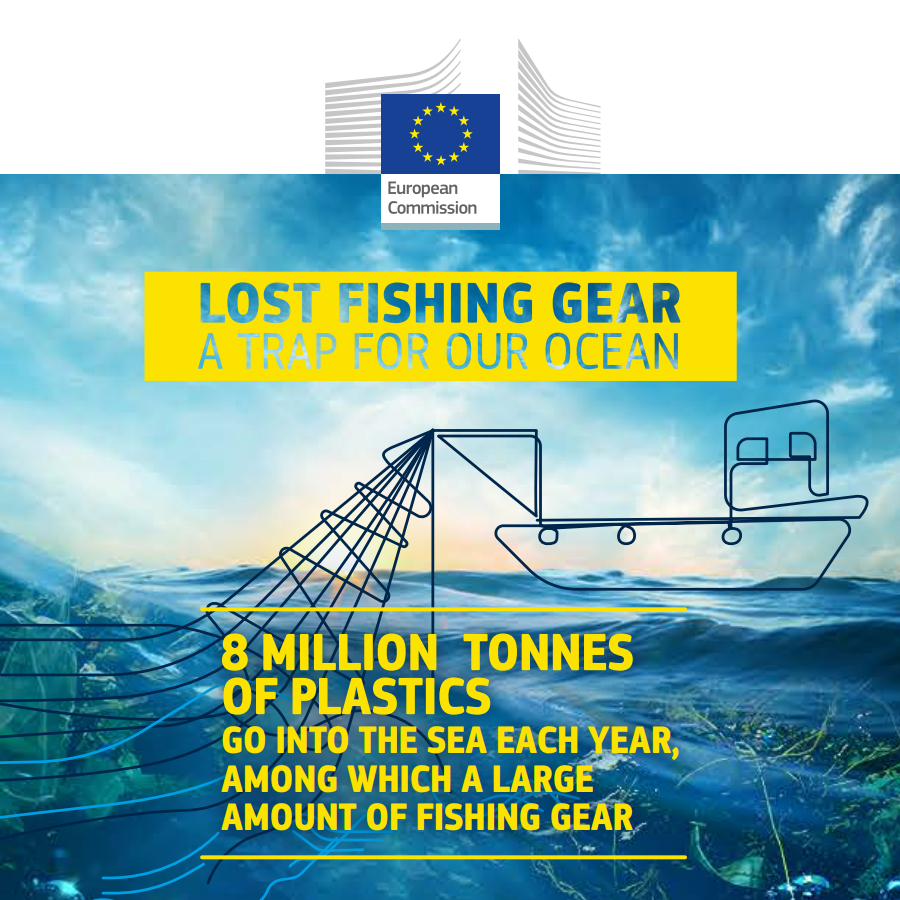What Percentage Of Ocean Plastic Is Fishing Gear

What Percentage Of Ocean Plastic Is Fishing Gear?
Introduction
Plastic pollution has been a major environmental concern for decades now. It is estimated that 8 million metric tons of plastic end up in our oceans every year. This is a huge amount, and it is only increasing as time passes. The main source of plastic pollution in the ocean is the fishing industry. Fishing gear, such as nets, lines, and traps, account for a significant percentage of the plastic entering the ocean. So, what percentage of ocean plastic is fishing gear?
How Much Fishing Gear Is In The Ocean?
It is estimated that around 10 percent of all ocean plastic comes from fishing gear. This is a significant portion, but it may not be the entire story. A recent study found that abandoned and lost fishing gear accounted for up to 70 percent of all plastic debris in some regions of the ocean. This means that the actual percentage of ocean plastic from fishing gear is likely higher than 10 percent.
Types of Fishing Gear
The types of fishing gear that contribute to plastic pollution in the ocean vary. Nets, lines, and traps are the most common sources of plastic. These are often discarded or left in the ocean after being used, leading to them becoming sources of plastic pollution. Other types of fishing gear, such as buoys, floats, and moorings, also contribute to plastic pollution in the ocean.
The Impact of Fishing Gear on Marine Life
Fishing gear is not only a source of plastic pollution, but it is also a hazard for marine life. As plastic debris accumulates in the ocean, it can entangle and trap animals. This can lead to the death of marine life, as they are unable to free themselves from the debris. In addition, plastic debris can be mistaken for food by animals, leading to them ingesting the debris and suffering health problems.
What Is Being Done To Reduce Fishing Gear Pollution?
In response to the problem of fishing gear pollution, governments and conservation groups have implemented a variety of measures. These include the development of more efficient fishing gear that is less likely to be lost or discarded, as well as better tracking systems that can help to locate lost or discarded gear. In addition, some organizations are working to clean up plastic debris from the ocean, which can help to reduce the impact of fishing gear pollution.
Conclusion
The fishing industry is a major source of plastic pollution in the ocean, accounting for up to 10 percent of all ocean plastic. However, lost and abandoned fishing gear may account for an even larger portion. This means that the actual percentage of ocean plastic from fishing gear is likely higher than 10 percent. Governments and organizations are working to reduce fishing gear pollution, but more efforts are needed to protect our oceans.